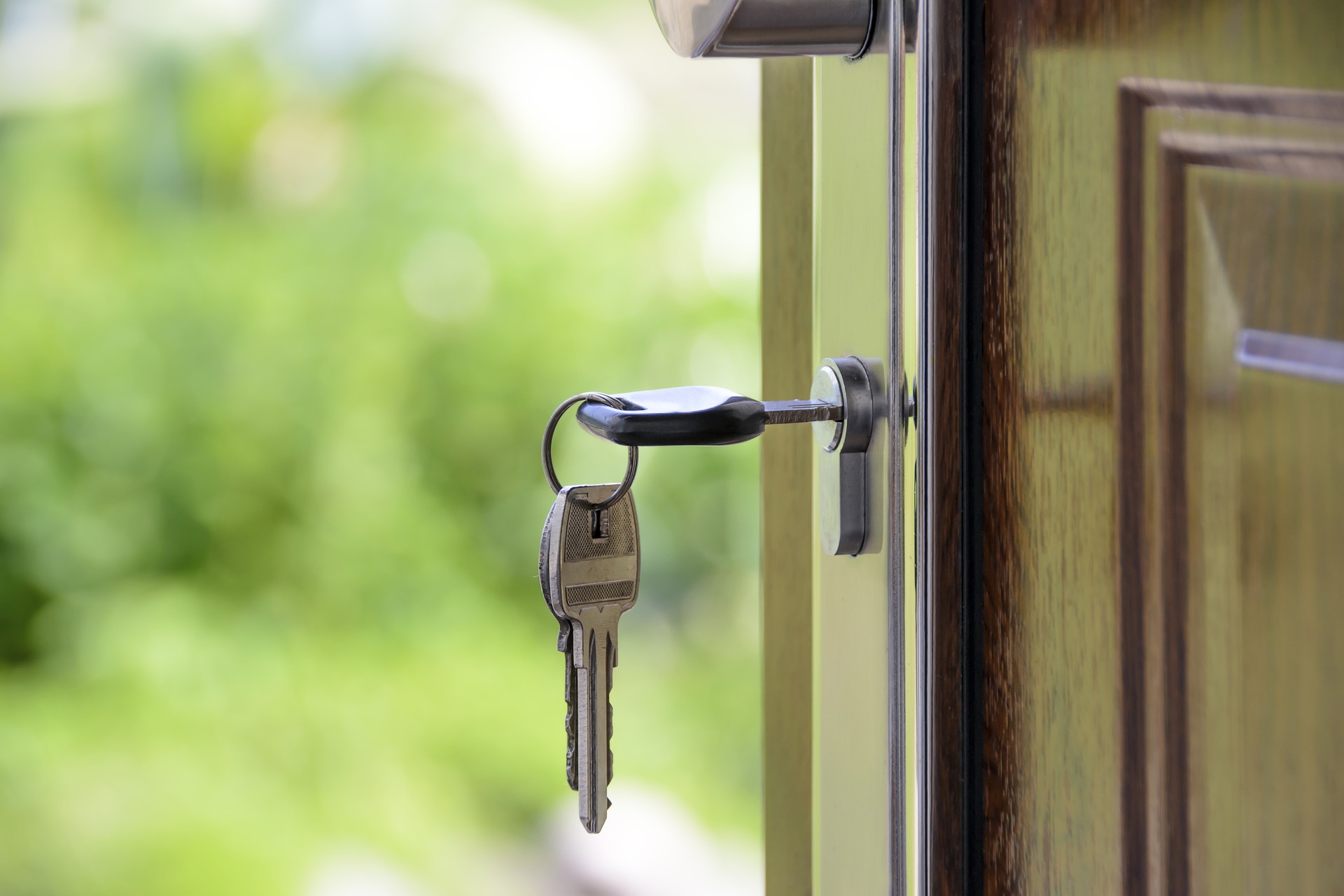
Open the door to new possibilities with 1031 Exchange
How does a 1031 exchange work in California?
A 1031 exchange, also known as a like-kind exchange, allows an investor to defer capital gains taxes on the sale of a property by reinvesting the proceeds into a similar or like-kind property. In California, the process for completing a 1031 exchange is similar to other states, but there are some state-specific regulations that investors should be aware of.
Here’s a breakdown of how a 1031 exchange works in California:
- Sell the original property: The first step in a 1031 exchange is to sell the original property. The investor must find a buyer and negotiate the terms of the sale, just like any other real estate transaction.
- Identify replacement property: Within 45 days of selling the original property, the investor must identify potential replacement properties. In California, the identification must be in writing and sent to the person responsible for closing the sale of the original property.
- Purchase replacement property: The investor has 180 days from the sale of the original property to complete the purchase of the replacement property. The replacement property must be of like-kind, which means it must be a similar type of property, such as commercial real estate for commercial real estate or residential real estate for residential real estate.
- Complete the exchange: The investor must complete the exchange by closing on the purchase of the replacement property. The title must be transferred to the investor and any remaining funds from the original sale should be used to complete the purchase.
In California, there are some specific regulations that investors should be aware of. For example, California requires that the exchange be facilitated by a qualified intermediary, who is a third party responsible for holding and transferring the funds between the sale of the original property and the purchase of the replacement property. Additionally, California requires that the investor file Form 3840, which is a state-specific form that reports the details of the exchange.
Overall, a 1031 exchange can be a powerful tool for investors in California who want to defer capital gains taxes and reinvest their profits into like-kind properties. However, it’s important to work with a qualified intermediary and consult with a tax advisor to ensure that you comply with all state and federal regulations.
Contact us today to review your real estate needs.

 Facebook
Facebook
 Twitter
Twitter
 Pinterest
Pinterest
 Copy Link
Copy Link


